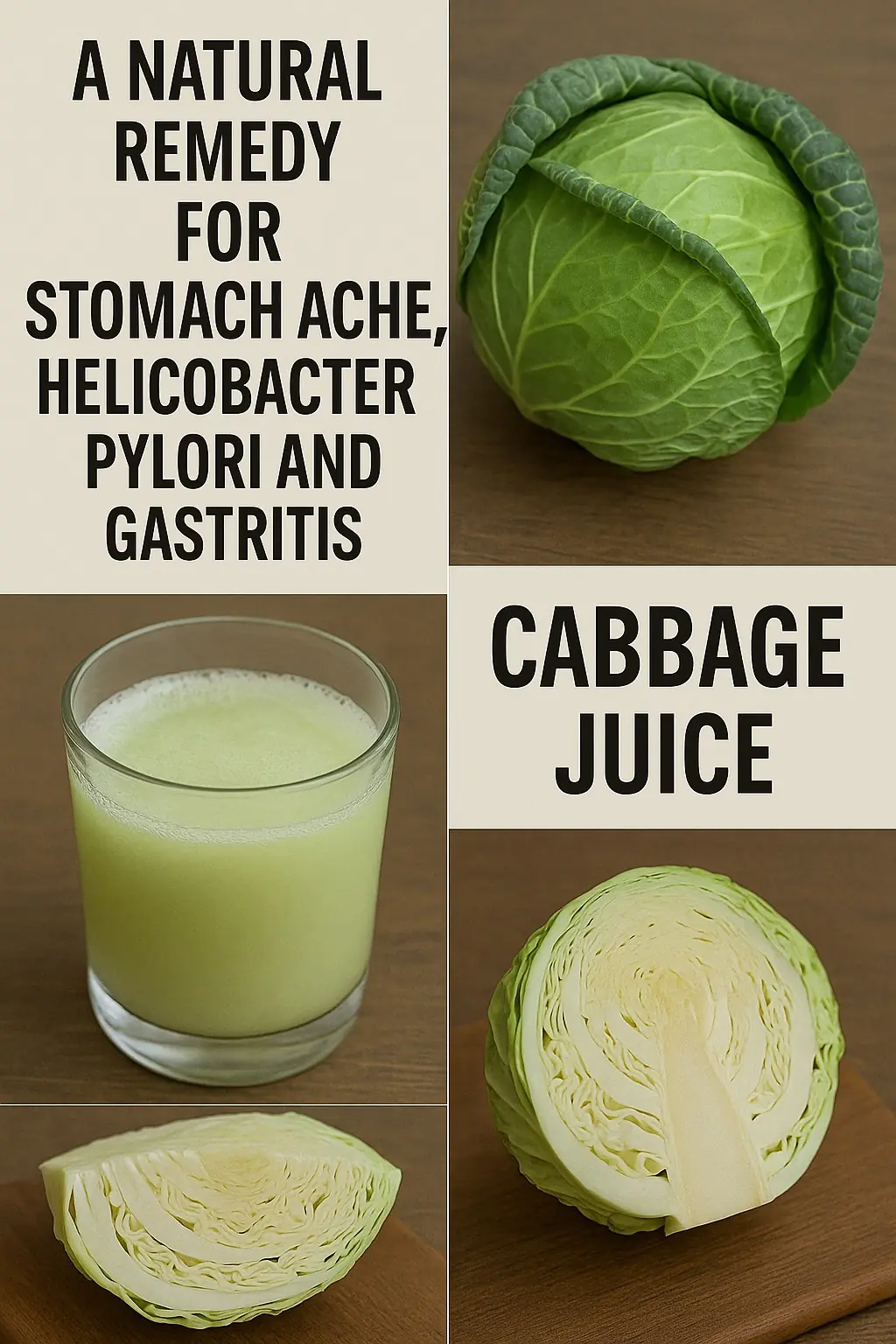
Fig Sap: Nature’s Quiet Remedy for Skin, Digestion & Everyday Wellness

Fig Sap Benefits: A Gentle Natural Remedy for Skin, Digestion, and Wellness
Have you ever considered the humble fig tree as a hidden source of healing? Fig sap — the milky, sticky substance found in the stems and leaves of fig trees — has been used for centuries in traditional remedies. With properties that support skin care, digestion, and general well-being, fig sap is now gaining attention as a natural, minimalist addition to a health-conscious lifestyle.
Let’s explore what fig sap is, why it matters, and how to use it safely and effectively.
🌿 What Is Fig Sap?
Fig sap is a latex-like white fluid that oozes from the fig tree (Ficus carica) when the stem, leaf, or unripe fruit is broken. Though lesser known than aloe vera or tea tree oil, fig sap contains powerful plant enzymes, antioxidants, and anti-inflammatory agents.
According to WebMD, these compounds may offer mild benefits when used topically or orally (with caution).
Key Properties of Fig Sap:
-
Ficin (enzyme): Supports protein digestion and natural exfoliation
-
Antioxidants: Help fight oxidative stress and promote skin repair
-
Anti-inflammatory agents: Calm irritation on skin or in the gut
-
Natural latex: Acts as a protective barrier for topical application
✨ 1. Soothe and Heal Skin Naturally
In traditional medicine, fig sap has long been used to treat minor skin issues. A 2020 study in Phytotherapy Research found that fig sap’s enzymes may help exfoliate dead skin and reduce inflammation in small wounds or irritations.
✅ How to Use Fig Sap for Skin:
-
For irritations or dry spots: Dab a tiny diluted amount (mixed with coconut or olive oil) on clean, dry skin.
-
As an exfoliant: Gently apply to rough areas to remove dead skin cells.
-
Always patch test: Apply a small amount on the inner forearm and wait 24 hours.
⚠️ Warning: Fig sap may cause sun sensitivity and allergic reactions. Never apply to broken skin, and avoid sun exposure after use.
🥣 2. Enzymatic Support for Digestion
Ficin, the natural enzyme in fig sap, may aid in protein digestion. A 2019 Journal of Ethnopharmacology study on animals suggested that fig sap extracts could reduce digestive discomfort, although more human studies are needed.
✅ Digestive Use Tips:
-
Dilute heavily: Add one drop of food-grade fig sap into a glass of juice or water — but only under medical supervision.
-
Start small: Try tiny amounts first to avoid upset.
-
Pair wisely: Combine with a fiber-rich diet for better results.
❗ Note: Oral consumption is not recommended without a doctor’s guidance. Fig sap can irritate the throat and stomach if used improperly.
🧘♀️ 3. Boost Daily Wellness with Antioxidants
The antioxidants in fig sap help fight free radicals — unstable molecules that can damage cells and speed up aging. When used safely, fig sap may offer mild support for long-term skin and body health.
✅ Wellness Tips:
-
Topical boost: Use diluted fig sap in your skincare routine alongside vitamin C or E products.
-
Lifestyle support: Eat antioxidant-rich foods like berries, leafy greens, and nuts.
-
Hydrate and sleep well: These enhance your body's natural repair systems.
🌱 Small habits add up — fig sap works best when used as part of a balanced, holistic routine.
🔐 How to Use Fig Sap Safely at Home
Like all plant-based remedies, fig sap must be used with care and respect. The latex in the sap can be irritating and may trigger allergies in sensitive individuals.
🛡️ Safety Guidelines:
-
Always dilute: Never use fresh sap directly on skin or in the mouth.
-
Store cold: Fresh fig sap lasts up to 48 hours in the fridge in a sealed glass container.
-
Avoid the sun: Sap can cause photosensitivity — don’t apply before sun exposure.
-
Consult a doctor: Especially before any oral use, if pregnant, or if you have sensitive skin.
💭 Common Myths About Fig Sap
| Myth | Reality |
|---|---|
| "Fig sap can cure major illnesses" | No — it’s supportive, not curative. |
| "Everyone can use it safely" | Not true — it may trigger skin reactions. |
| "More is better" | Overuse can cause irritation or harm. |
Stick to evidence-based and moderate use. When in doubt, ask a healthcare provider.
🛠️ Practical Tips to Get Started
If you’re curious to try fig sap, here’s how to begin:
✅ How to Start:
-
Harvest fresh sap carefully (use gloves).
-
Dilute with water or a carrier oil (e.g., olive or coconut oil).
-
Store in a cool place and use within 48 hours.
-
Buy responsibly: Look for organic, food-grade fig sap from trusted sources.
💚 Final Thoughts
Fig sap is a gentle and natural remedy that can support skin health, digestive balance, and everyday wellness — when used with caution. Whether you use it topically or explore oral use under guidance, fig sap reflects the growing movement toward mindful, plant-based self-care.
Remember: Healing doesn’t always come from the pharmacy. Sometimes, it flows from the tree in your backyard.
⚠️ Disclaimer:
This article is for educational purposes only and is not a substitute for medical advice. Always consult a qualified healthcare provider before starting any new treatment or remedy.
News in the same category


Two Itchy Areas on the Body Could Be a Sign of Liver Cancer—Often Mistaken for Allergies

Say Goodbye to Anemia, Blurry Vision, and Fatty Liver with This Natural Drink

The 4 Golden Hours to Drink Coffee for Maximum Health Benefits: Detox Your Liver and Boost Digestion

A 14-Year-Old Girl Diagnosed with Bowel Cancer Due to Her Mother's Busy Schedule: A Wake-Up Call About 5 Foods Children Should Never Eat for Breakfast

5 Mouth Symptoms That Could Signal Cancer – Don’t Ignore the Pain

Stage 4 cancer patient warns overlooked minor signs can mask a fatal disease

6 Types of Pain That May Signal Early-Stage Cancer: Don’t Ignore These Symptoms Before It Spreads

Fatty Liver Reversed Completely by Doing This Simple Daily Habit, Says Doctor: “It’s Free and Easy”

9 Symptoms of Kidney Disease and Kidney Failure Everyone Should Know

Doctor Warns: Common "Money-Saving" Habits May Lead to Cancer – A Family of Three Diagnosed

Honeybee Venom: A Natural Breakthrough in the Battle Against Breast Cancer

5 Concerning Symptoms During Sleep That May Signal an Impending Stroke

Do You Eat Cucumber? Few Know It Helps With THIS – Incredible Benefits of Eating Cucumber for Varicose Veins

DIY Flaxseed Gel Ice cubes for Clear Skin & Large Pores

Early Warning Signs That May Indicate Advanced Nasopharyngeal Cancer

Graviola Leaf: A Traditional Remedy with Promising Potential in Cancer Research

How Banana Blossom Can Boost Your Health: Nutritional Benefits and Delicious Recipes
News Post

Achieving a Brighter Smile Naturally with Cloves and Bay Leaves

🌿 THE NATURAL REMEDY DR. SUÁREZ RECOMMENDED

THE NATURAL DRINK THAT CHANGED MY FATHER’S LIFE — RECOMMENDED BY A NATUROPATHIC DOCTOR

The Truth About Rhino Horns: What They're Really Made Of

Late Night Beauty Hacks With Vaseline

‘Horrifyingly goofy’ creature washes onto Southern California beach

A Juice for Every Need 🍹

Exploring the Benefits of Bay Leaves for Skin: Natural Anti-Aging Properties

Cabbage Juice: A Natural Remedy for Stomach Issues

Revitalize Your Bladder and Prostate Health with This Traditional Remedy

Embracing the Power of Onion and Ginger for a Healthy Life

Rebuild Knee Cartilage Naturally with This Simple Remedy: Lemon & Olive Oil

🌿 Turmeric: A Golden Spice for Health

MIX ONION, GARLIC, GINGER, AND LEMON — A POWERFUL NATURAL REMEDY

Drinking Water: Detailed Health Benefits

The Natural Drink That Fights Diabetes, High Blood Pressure, Fatty Liver, Cancer, and Heart Attacks

Australian couple with dwarfism have three children against all odds

Why Is Liver Cancer Often Detected Late? Note: If You Notice 2 Odors, 2 Itches, and 2 Red Areas, Get Screened Early

Homemade Anti-Wrinkle Cream with Nivea, Coconut Oil & Cornstarch
